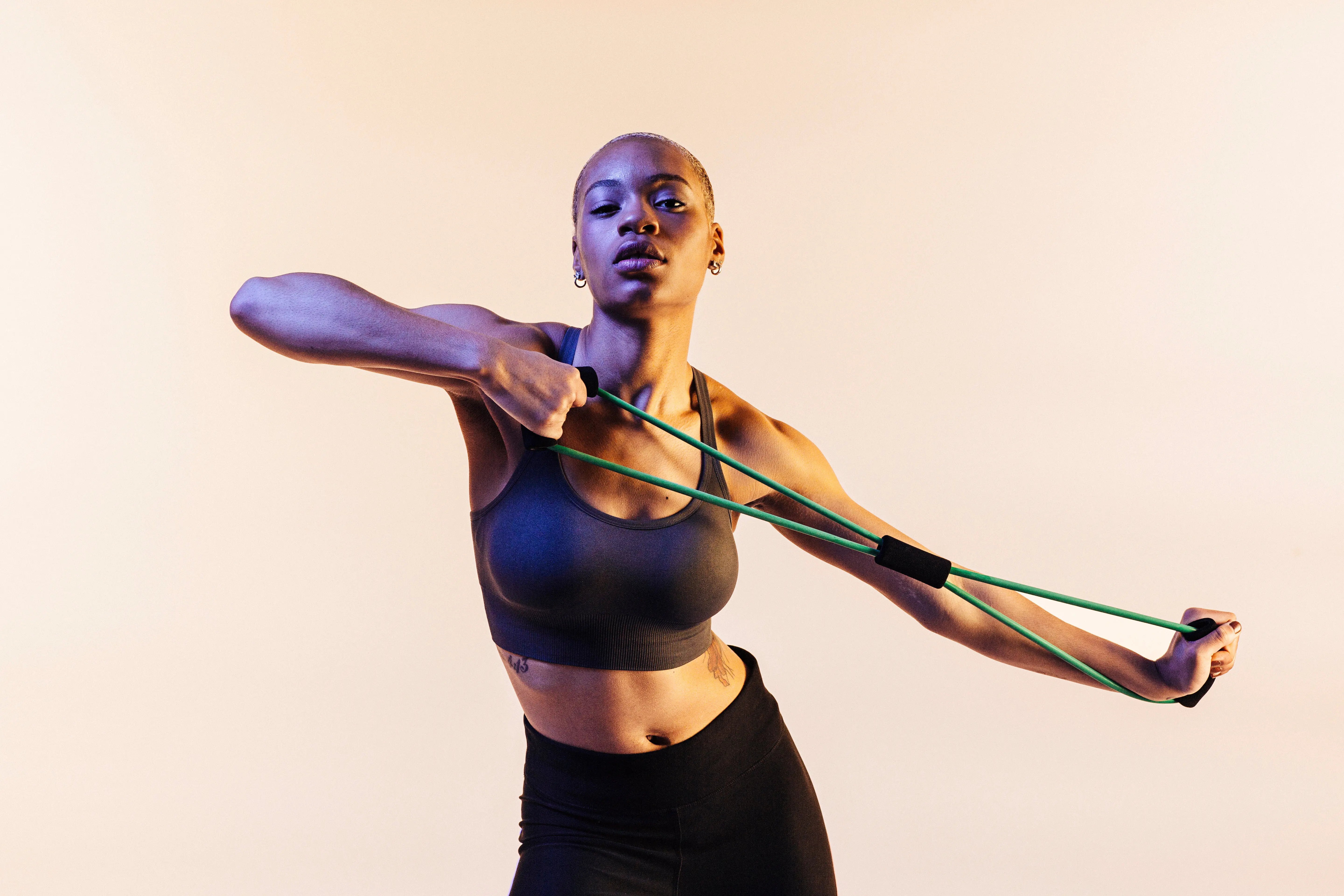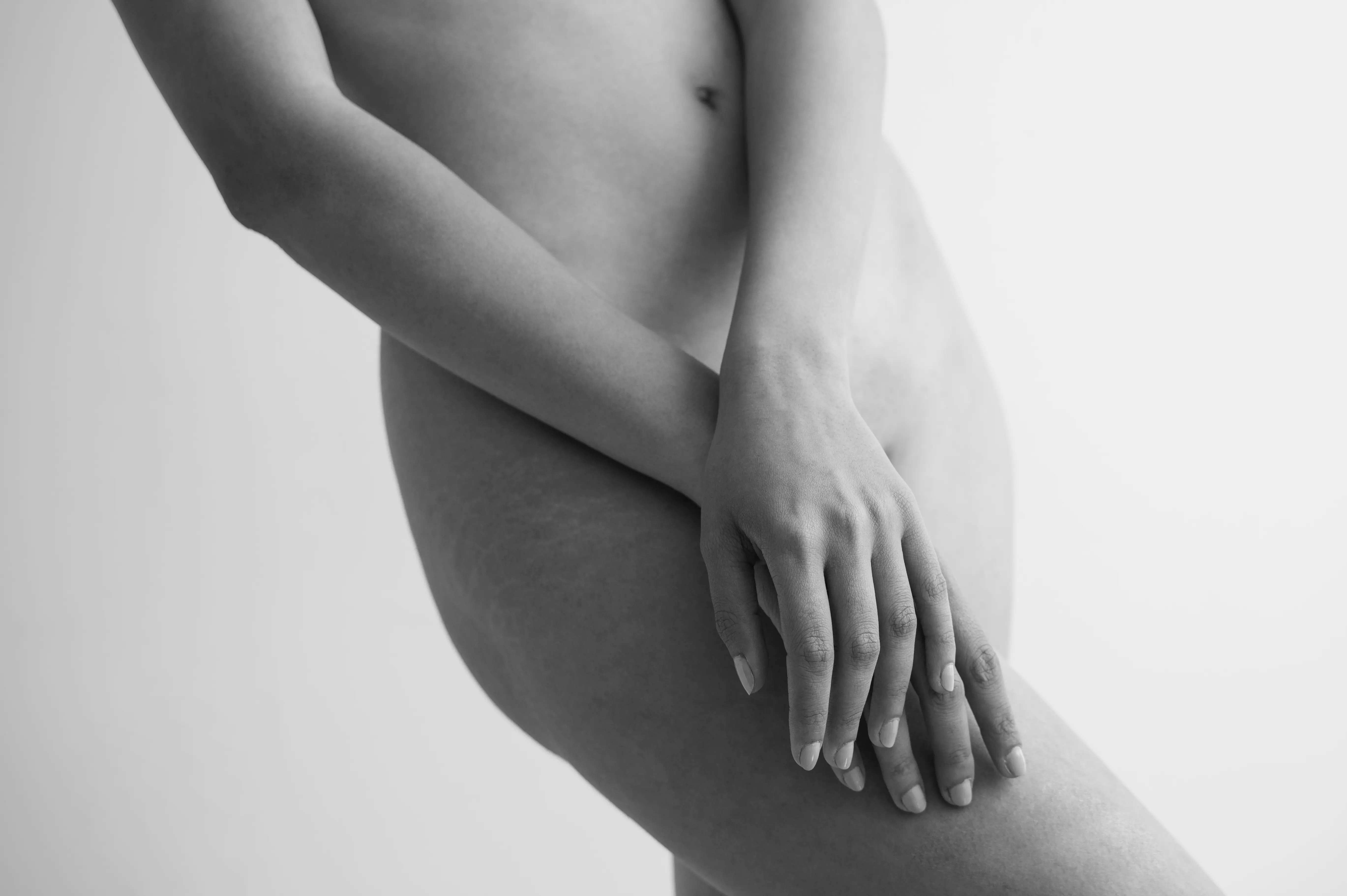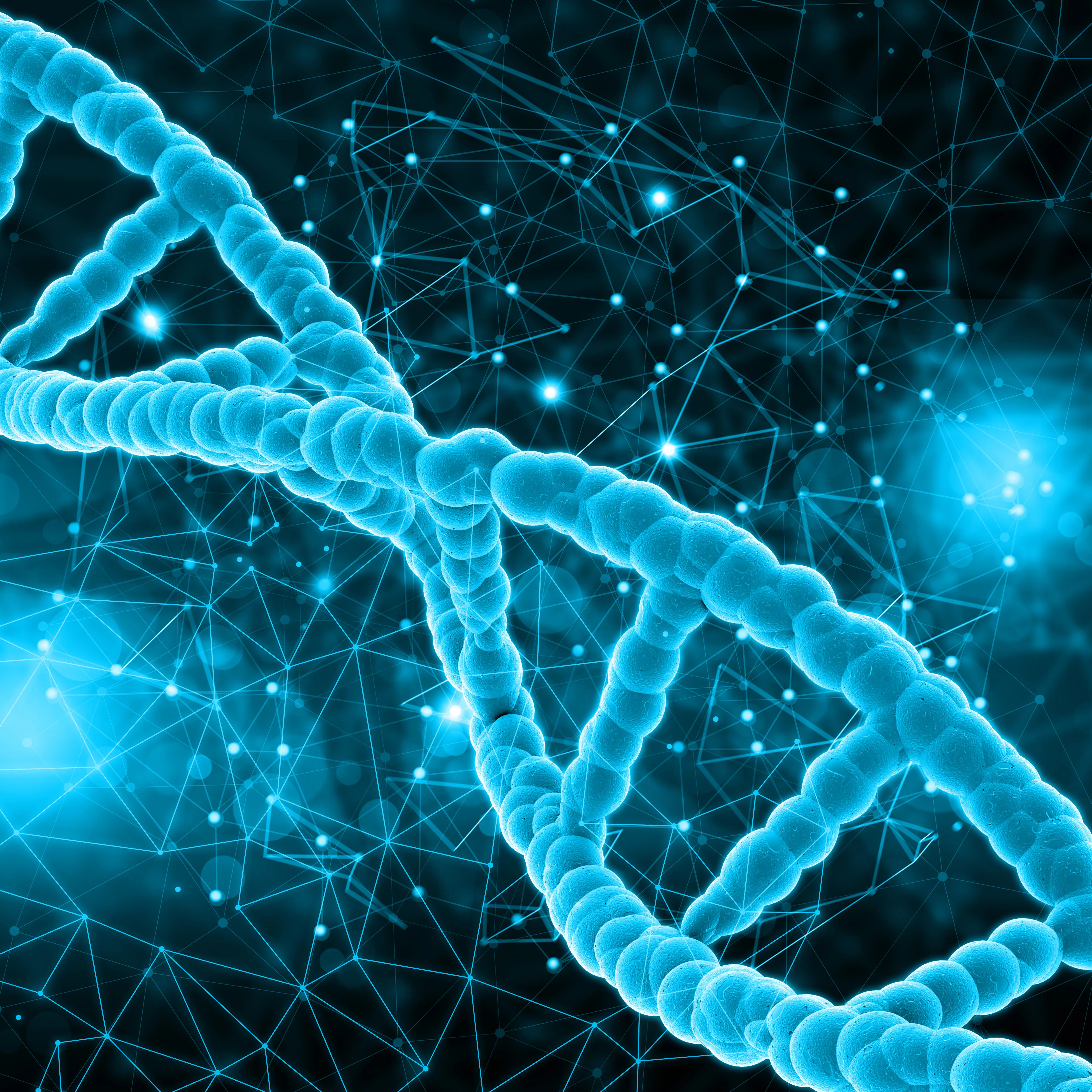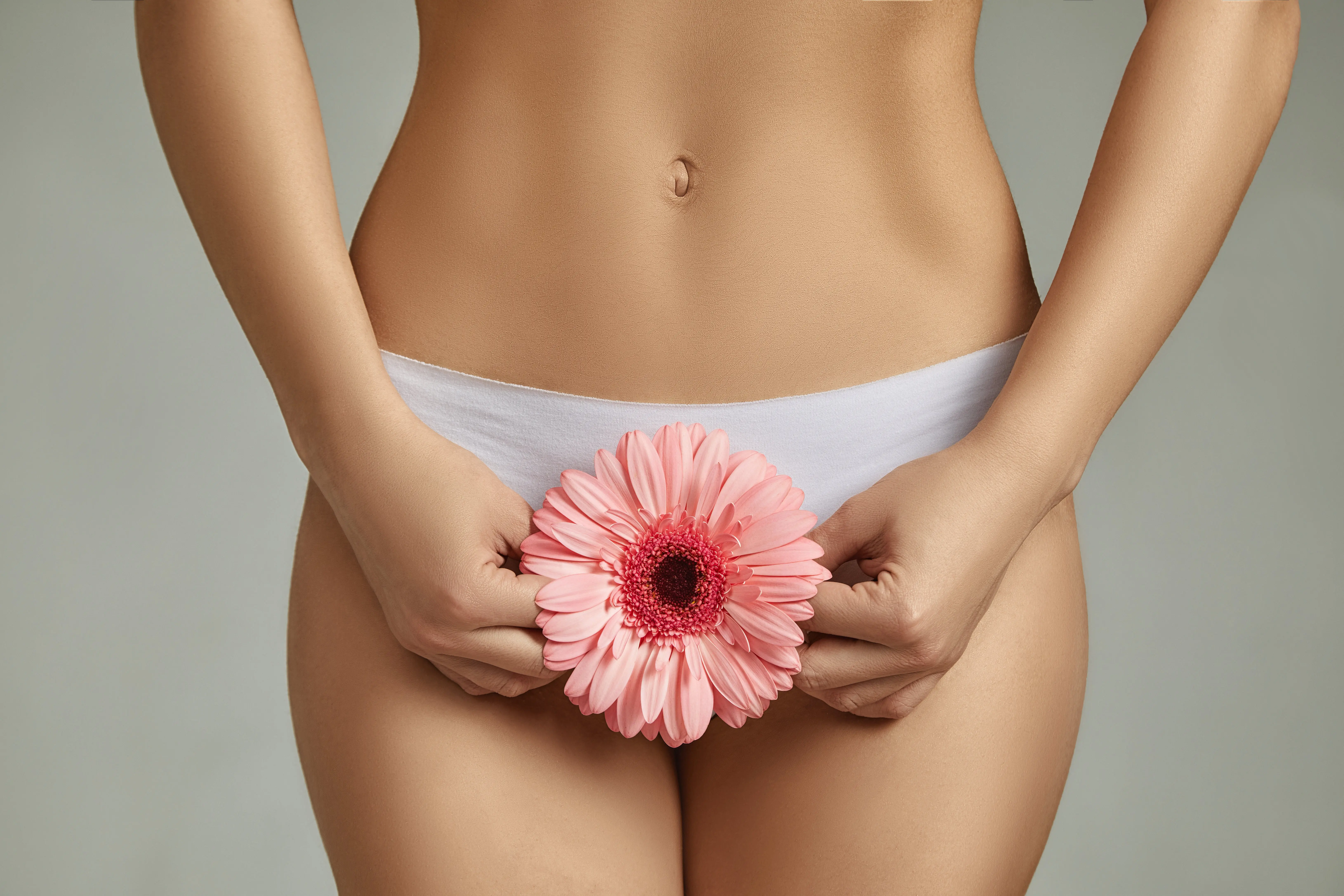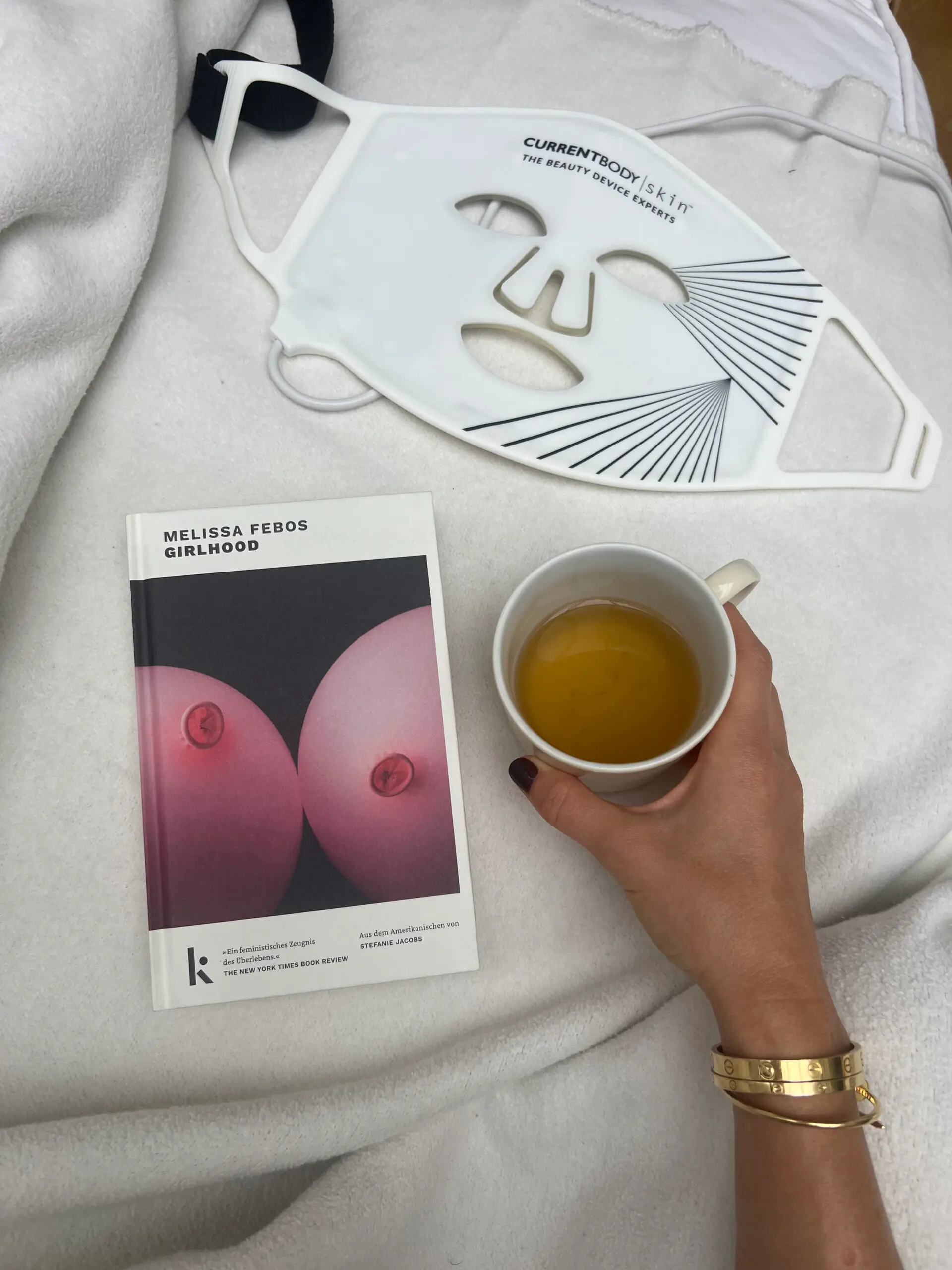Red light and infrared therapy have evolved from traditional home remedies to scientifically based, high-tech treatment methods. Whether a classic red light lamp for acute complaints, infrared emitters for pain relief and deep relaxation, or modern LED systems for cellular regeneration – the right light therapy can be a valuable addition to a healthy lifestyle.
Heat is one of the world's oldest and most proven remedies – and today it has its firm place in medicine, wellness, and cosmetics more than ever. Particularly red light and infrared therapy are in focus when it comes to pain relief, relaxation, or skin regeneration. With the development of modern LED technology, the application of these light and heat therapies has revolutionized and refined.
Heat meets light: The scientific principle of action
Red light and infrared therapy use electromagnetic light of specific wavelengths, which is absorbed by the body and processed in various ways. While classic red light is mainly converted into heat, modern LED systems primarily work through photobiomodulation – a process that acts directly at the cellular level.
The modern variety of devices
The range of therapeutic devices is constantly growing: There are now LED masks, large panels, handy mobile devices, special helmets for head treatment, classic IR emitters, luxurious infrared cabins, LED combination devices, and flexible pads for targeted application. But how do classic red light lamps, infrared emitters, and LED red light devices differ? And what are they best suited for?
The physiological effects in detail
These therapeutic light forms activate various healing mechanisms:
- Promotion of circulation: The heat dilates blood vessels and improves microcirculation, allowing more oxygen and nutrients to reach the treated tissues.
- Muscle relaxation: Targeted heat relieves muscle tension and reduces stiffness, which is especially helpful for chronic conditions.
- Pain relief: According to the gate control theory and the release of endogenous endorphins, the sensation of pain is significantly reduced.
- Inflammation regulation: Both thermal and photobiomodulatory effects can positively influence inflammatory processes and accelerate healing.
- Cell metabolism activation: The mitochondrial activity is increased, leading to higher ATP production and improved cell regeneration.



